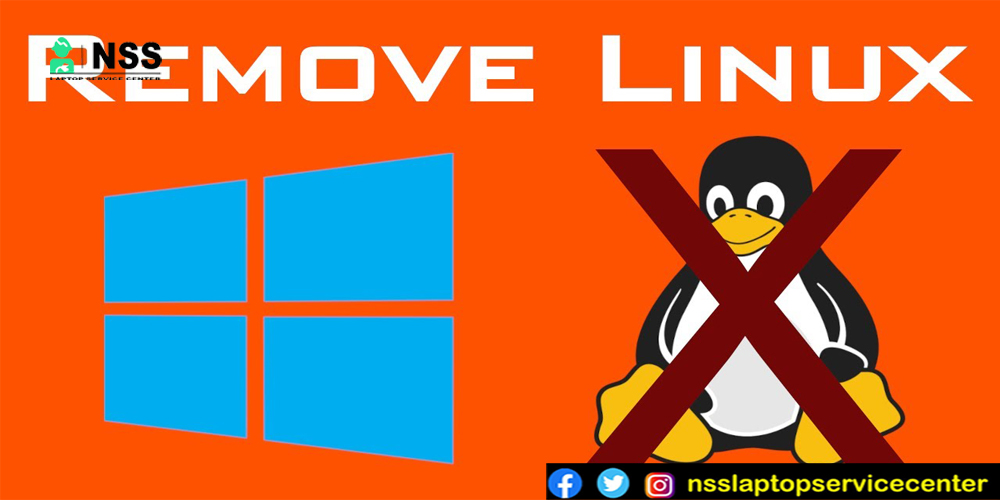
Windows on Your Computer
This article explains installing Windows on your computer after removing the Linux operating system. This article also assumes that Linux, incompatible with Windows, has previously been installed on the hard drive using Linux native and Linux swap partitions and that there is no more free space in the industry.
Linux and Windows can both run on the same machine. Consult your Linux documentation for more details.
You must manually delete the partitions the Linux operating system utilizes to install Windows on a machine with Linux installed. During the Windows operating system installation, the Windows-compatible division can be created automatically.
A bootable disc or CD-ROM for the Linux operating system must be present before you proceed with the methods in this article because doing so will delete the Linux operating system from your computer. Ensure you have a reliable backup of all the data on your computer if you plan to restore the Linux operating system later. The Windows operating system you intend to install must be fully released.
Linux file systems use a "superblock" at the start of a disc partition to specify the file system's fundamental dimensions, configuration, and state.
Typically, partition types 83 (Linux native) or 82 are used to install the Linux operating system (Linux swap). It is possible to set the Linux boot manager (LILO) to launch from:
The Master Boot Record on a hard drive (MBR).
The Linux partition's root directory.
The partitions can be deleted using the Fdisk tool that comes with Linux. (Other devices, such as Fdisk from MS-DOS 5.0 and later or deleting the cells during installation, work equally well.) To install Windows and delete Linux from your computer:
Also Read: USB Not Recognized In Windows 10
Also Read: How To Copy or Clone Your OS on a New SSD from HDD
Remove the Linux boot, swap, and native partitions:
Using the Linux setup floppy disc to start your computer, type fdisk at the command prompt and hit ENTER.
NOTE: Type m at the command prompt and press ENTER for instructions on using the Fdisk program.
Enter p at the command prompt to view partition information and click ENTER. Information about hard drive 1, partition 1 is listed first, followed by details about hard disc 1, partition 2.
At the command prompt, type d and hit ENTER. The partition number that you want to erase is then requested of you. To remove partition number 1, enter 1 and then press ENTER. Repeat this process until all of the partitions have been erased.
To add this information to the partition table, type w and hit ENTER. As data is being written to the partition table, specific error messages might be produced; however, they shouldn't be significant now, as installing the new operating system will come after restarting the computer.
To end the Fdisk utility, enter q at the command prompt and click ENTER.
You can restart your computer by inserting a bootable CD-ROM or floppy disc for the Windows operating system and pressing CTRL+ALT+DELETE.
Install Windows. Follow the installation instructions for the Windows operating system you want to install on your computer. The installation process assists you with creating the appropriate partitions on your computer.
Also Read: How to fix ASUS Laptop Wi-Fi not working Problem
Also Read: How To Use Emoji On Laptop
Conclusion:
I won't say much, as the blog has informed you all about how to Remove Linux and Install it.
It is an easy process, and you can use it for various purposes.
Frequently Asked Questions
Popular Services
- MacBook Battery Replacement Cost
- HP Printer Repair in Delhi NCR
- Dell Laptop Repair
- HP Laptop Repair
- Samsung Laptop Repair
- Lenovo Laptop Repair
- MacBook Repair
- Acer Laptop Repair
- Sony Vaio Laptop Repair
- Microsoft Surface Repair
- Asus Laptop Repair
- MSI Laptop Repair
- Fujitsu Laptop Repair
- Toshiba Laptop Repair
- HP Printer Repair Pune
- Microsoft Surface Battery Replacement
- Microsoft Surface Screen Replacement




